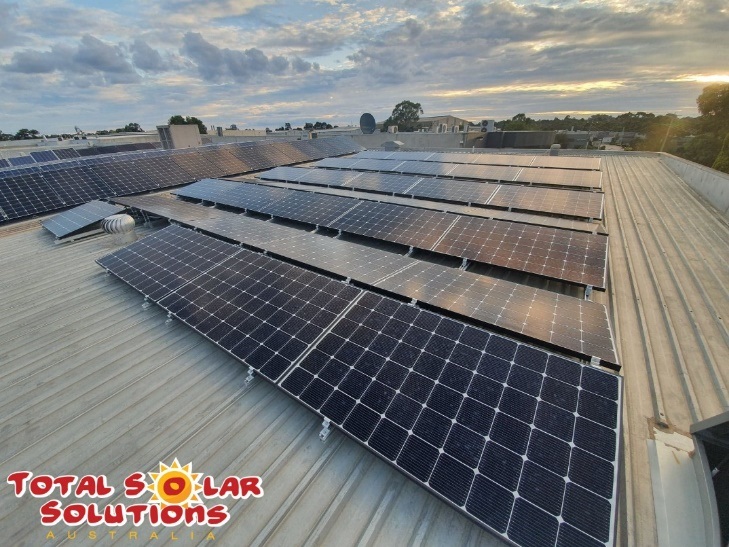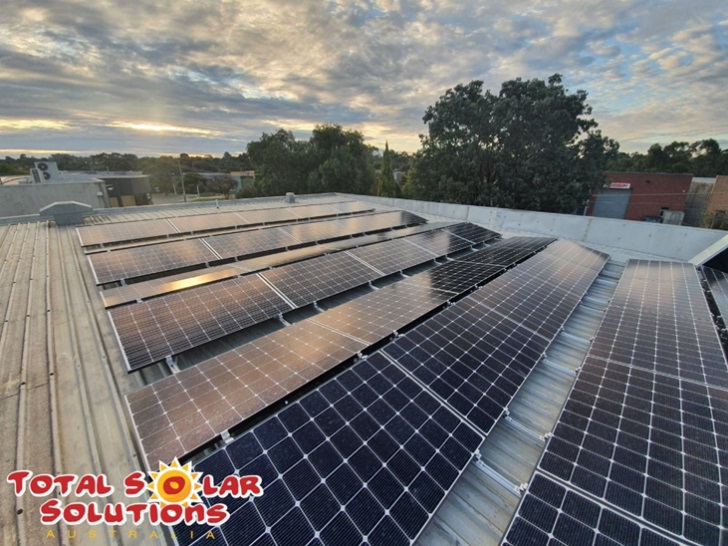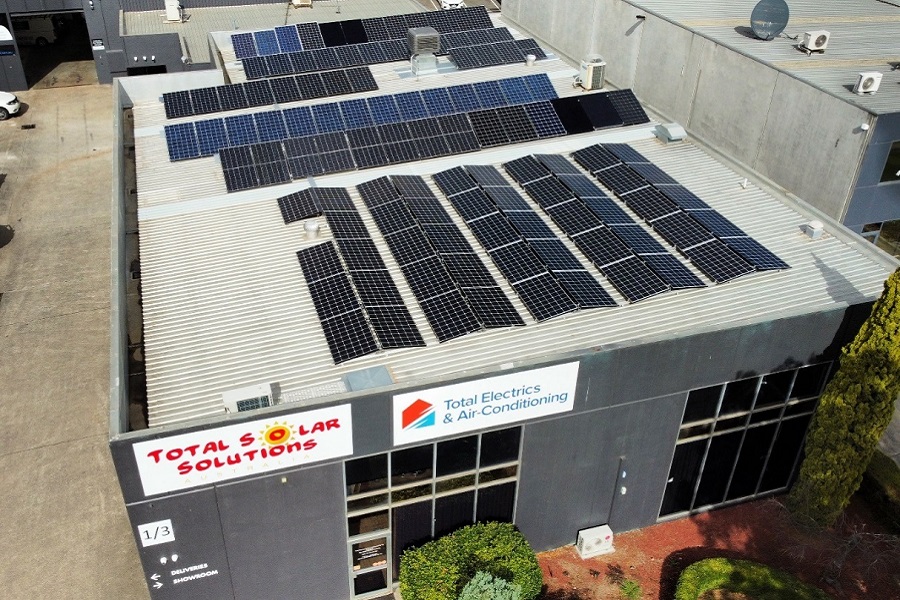Just over 12 months ago now, we installed 35kw of a variety of 16 different solar panels on 4 different inverters as well as 18kwh of battery storage.
Why did we create our own test site?
We wanted to see how different brands, wattages, efficiencies, and cell types compared to each other. We also have split the systems as north only and then east/west combination. Let’s face it, there are a lot of different solar panel manufacturers on the market, and we are just as overwhelmed as you are when it comes to interpreting 100’s panel datasheets. From monocrystalline to polycrystalline, p-type silicone to n-type silicone, half-cut cells, shingle panels, not to mention degradation and performance warranties. What does it all actually mean for you? We wanted to see if, in the real world, these solar panels performed as they claimed that they would. After all, we love solar and want you to love the solar system that we install your home too!
Our key learnings so far:
-
- Higher wattage doesn’t mean the highest output of power. We have seen that higher efficiency panels (that may be 20 watts less than the panel next to it) have actually been performing better over the last 12 months. So when interpreting that mountain of solar datasheets that you are wading through, it pays to not only compare the wattage of the panel but also the efficiency percentage of the panel.
-
- The entirely North facing solar panel systems generate more power over the whole year than the East and West combination systems. However, when looking at the generation in comparison to our business load profile, the East/West system actually is more beneficial. Why? Because the solar system starts producing earlier in the morning and later into the evening with less of a spike in generation in the middle of the day. This means that we would buy less power over the course of a day and export less excess power to the grid in the middle of the day. Let’s face it, self-consumption is key for return on investment.
- Battery backup is not essential because in metropolitan Melbourne we don’t experience a lot of power outages. But, if you are spending a premium price tag for a battery for your home or business you really want it to kick in during a blackout. The amazing feeling of your battery kicking in when the neighbours have no power or when your business can still take phone calls while the office split system is keeping everyone cool in the middle of January certainly makes it worthwhile. Without battery backup you will just be twiddling your thumbs in the dark, looking at your battery trying to hide your disappointment.
What are we looking for in the future?
At Total Solar Solutions, we really believe that the long term is key. After 12 years already of installing solar and unfortunately removing failed solar systems for the last 6 or 7 years. From here on, we not only want to continue watching the daily performance of the solar panels but also the long term performance year on year. This is where solar panel degradation comes into it. What we don’t know is how sharply the solar panel performance will start to decline after installation and how closely in line it will be in comparison to the pretty graph on the panels’ datasheet.
Now while we can’t invite you onto the roof for a tour of our test site, we can invite you to visit our showroom at 1/3 Nicole Close, Bayswater North. We are open Monday to Friday 9 am-4 pm and would love to show you our Fronius, SolarEdge and Enphase systems in person!
We also can custom design the perfect residential solar system & commercial solar system and can help guide you through which rebates you may be eligible for.




